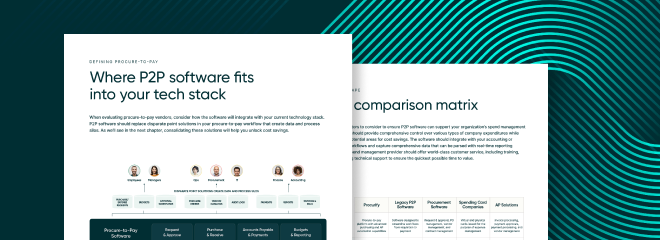Here’s Why You Might Not Be Ready for Your Next Investment Round

Being a startup founder, it’s easy to focus on the wins. Everything from successfully securing a seed round to a growing a loyal customer base gets you excited about your product and the future of where your company could go. You start dreaming big and planning for your next investment round. You start thinking about funding options — that next big milestone, like your first series A.
Only 1% of all startups are funded by angel investors, while 0.05% of startups get access to VC funding. In the startup world, 90% fail within their first five years. Many studies have been conducted per year by top research firms such as CB Insights on why startups fail. The top reason is poor product-market fit, and the second reason is running out of funding too quickly.
Know the why behind your spend
Wharton School of Business professor Ron Berman published a study that examines correlations between a startup’s chances of survival and its ability to control its burn (level of spending) “Predicting Startup Survival Using the Normalized Burn Rate”. He stresses that the fatal mistake many startups make is spending too much or too little; according to him, having a balanced burn rate and making sound decisions on investments can significantly minimize a startup’s chances of failing.
From an investor’s perspective, VCs are constantly deliberating on which startups to invest in. They want to see if a startup is able to operate efficiently and effectively. This means looking at top-line metrics such as ARR, customer retention rate, but also bottom-line metrics such as spending. Many entrepreneurs tend to have a strong focus on improving their top line in preparations for fundraising and spending on growth initiatives without thinking about the consequences – till it is too late.
Before you look to raise capital, it’s important to understand why you need the funding, and more importantly, how it will be spent. The Valley is infamous for tech unicorns burning through all their cash and spending their VC funds on lavish parties and ostentatious office spaces before they have a chance to raise their next round of funding.
Ben Yoskovitz, the founder of Standout Jobs reflected upon his mistake during his post-mortem in 2010: “I raised too much money, too early for Standout Jobs (~$1.8M). We didn’t have the validation needed to justify raising the money we did.”
How and when should I start fundraising?
Christoph Janz, Angel Investor, Entrepreneur and current Partner at Point Nine Capital understands that fundraising is stressful.
“To some extent, it’s in the nature of things that convincing other people to give you a lot of money (and to commit to supporting you for the next 10 years) for a small stake in your risky early-stage startup is not an easy feat.” – Christoph Janz, Partner, Point Nine Capital
Janz is a seasoned VC who invested in numerous fast-growth SaaS companies such as Zendesk, Procurify, Contentful and Geckoboard. He is also a blogger who publishes annual funding napkins that reflect the state of the funding for startups each year. In his 2018 SaaS Funding Napkin, he mentions that for startups to surpass the seed round and be in the running for a Series A investment, they need to hit the ARR targets of $1-1.5M and growth targets of 3x. These aggressive baseline metrics means that in order to grow, a startup will need to invest heavily in strategies that will scale up marketing and sales. For Series B, the curve gets even tougher.
The trajectory from the seed round to series A is quite long, and most startups don’t make it that far till they run out of cash. Knowing what to spend your funds on and when to invest in growth opportunities is crucially important to lengthen your runway.
Understanding your Spend Culture
Berman also mentions that educating and bringing awareness to your team also reduces startup burn rates and reduces the rate of failure, such as knowing your Spend Culture.
Every organization has a spend culture – which are the beliefs, attitudes, and actions a collective takes around the allocation of resources and how they are spent. What many organizations do not realize is that spend is not just quantitative, but qualitative, such as time and number of personnel involved.
Being aware of your organizational spend culture is the first step towards getting the most out of your spending – whether your goal is to raise a Series A this year, to make sure you are making the right choices when it comes to funding your growth efforts.
If your organization is aware of what is being spent and why each spend decision will be made more consciously. This will ultimately allow your startup to have the ability and time to raise more funding – when you actually need it.
